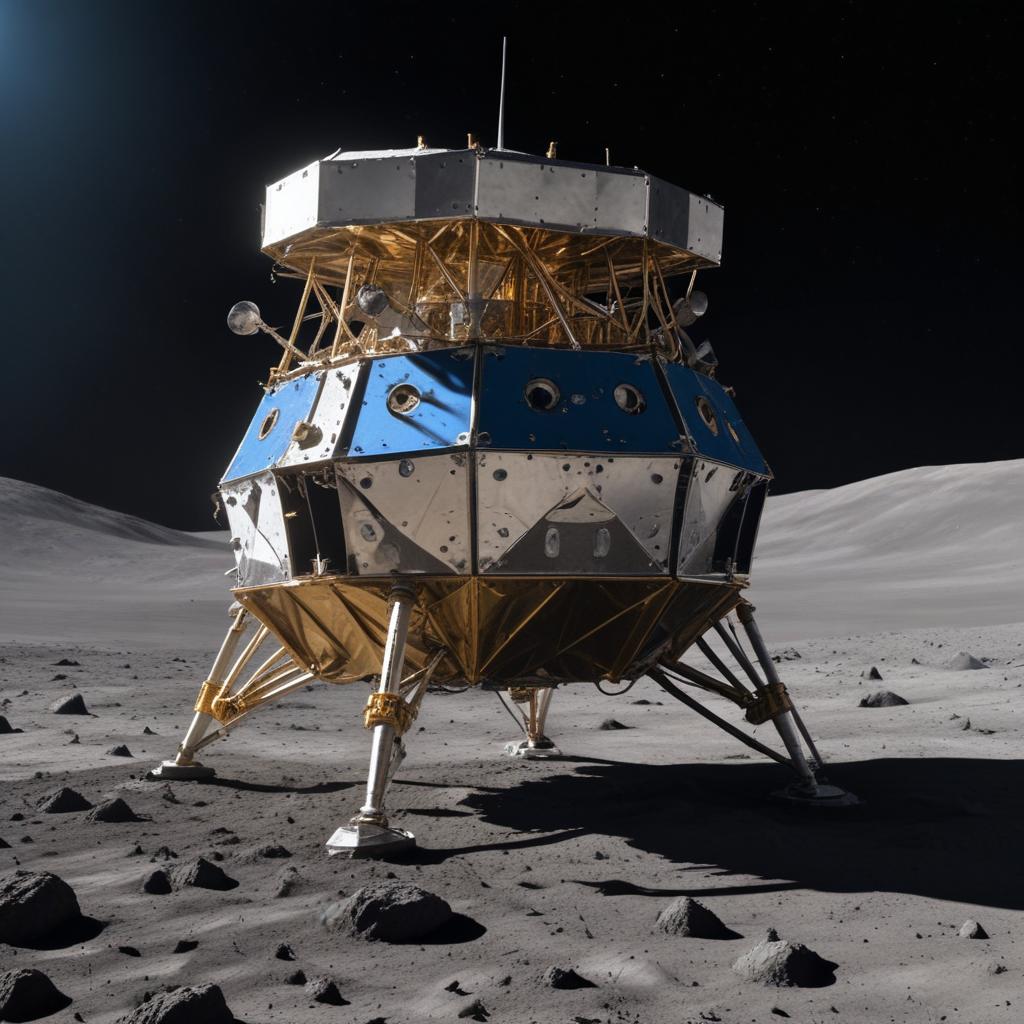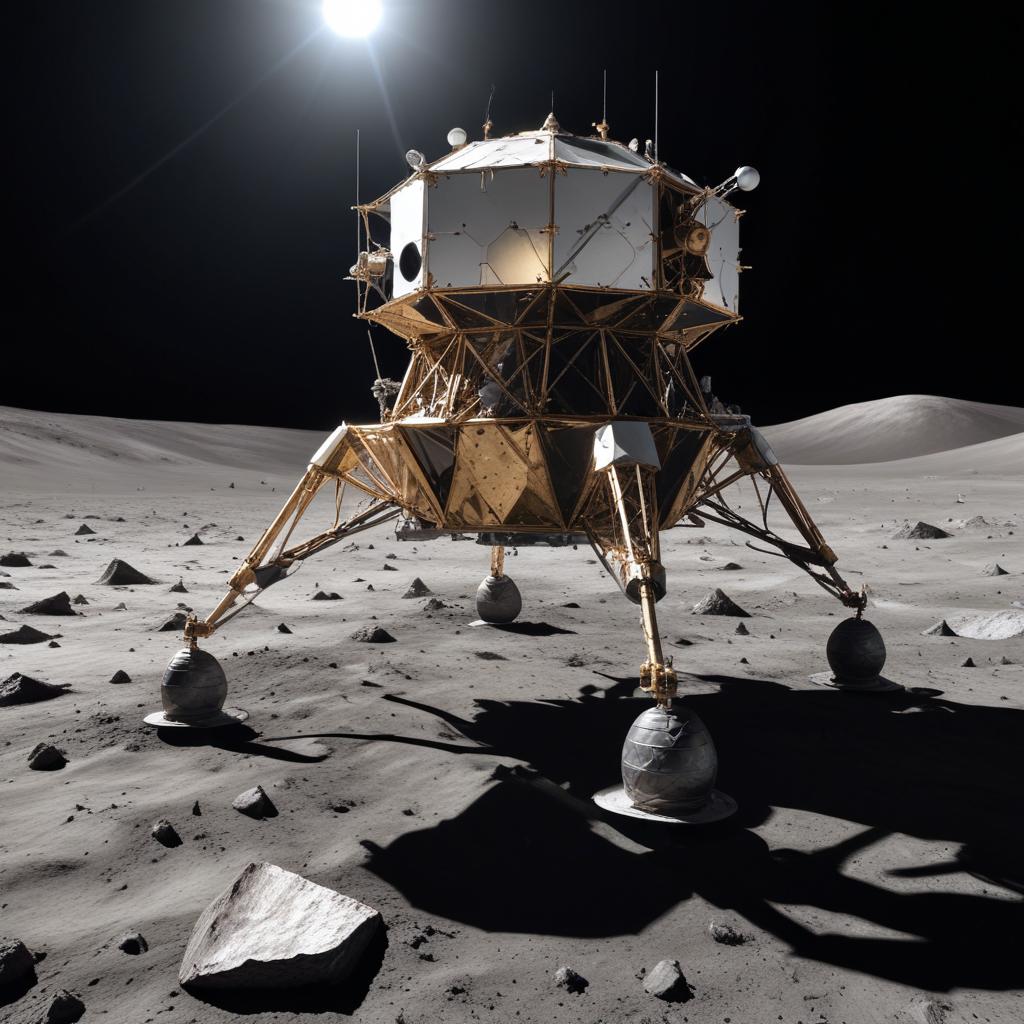
BOOM! SpaceX Starship Explodes in Spectacular Texas Fireball!
A SpaceX Starship rocket exploded during a test in Texas, marking the latest in a series of mishaps for the ambitious space program.
Discover the most recent articles in this category

A SpaceX Starship rocket exploded during a test in Texas, marking the latest in a series of mishaps for the ambitious space program.

New research reveals the terrifying health risks posed by Martian dust to astronauts, jeopardizing future missions unless significant countermeasures are implemented.

US astronauts Butch Wilmore and Suni Williams are finally returning to Earth after a nine-month ordeal aboard the ISS, facing delays and political controversy.

SpaceX's Starship rocket suffered another catastrophic failure during its latest test flight, exploding over Florida after losing contact with ground control. The booster was successfully recovered, but the spacecraft experienced a 'rapid unscheduled disassembly'.

Firefly Aerospace's Blue Ghost successfully lands on the moon, marking a significant milestone for private space exploration and NASA's commercial lunar delivery program.

Intuitive Machines' Athena lunar lander is en route to the moon's south pole, carrying a suite of robots to search for water ice. This mission follows the success of their first lunar landing, but with significantly higher stakes.